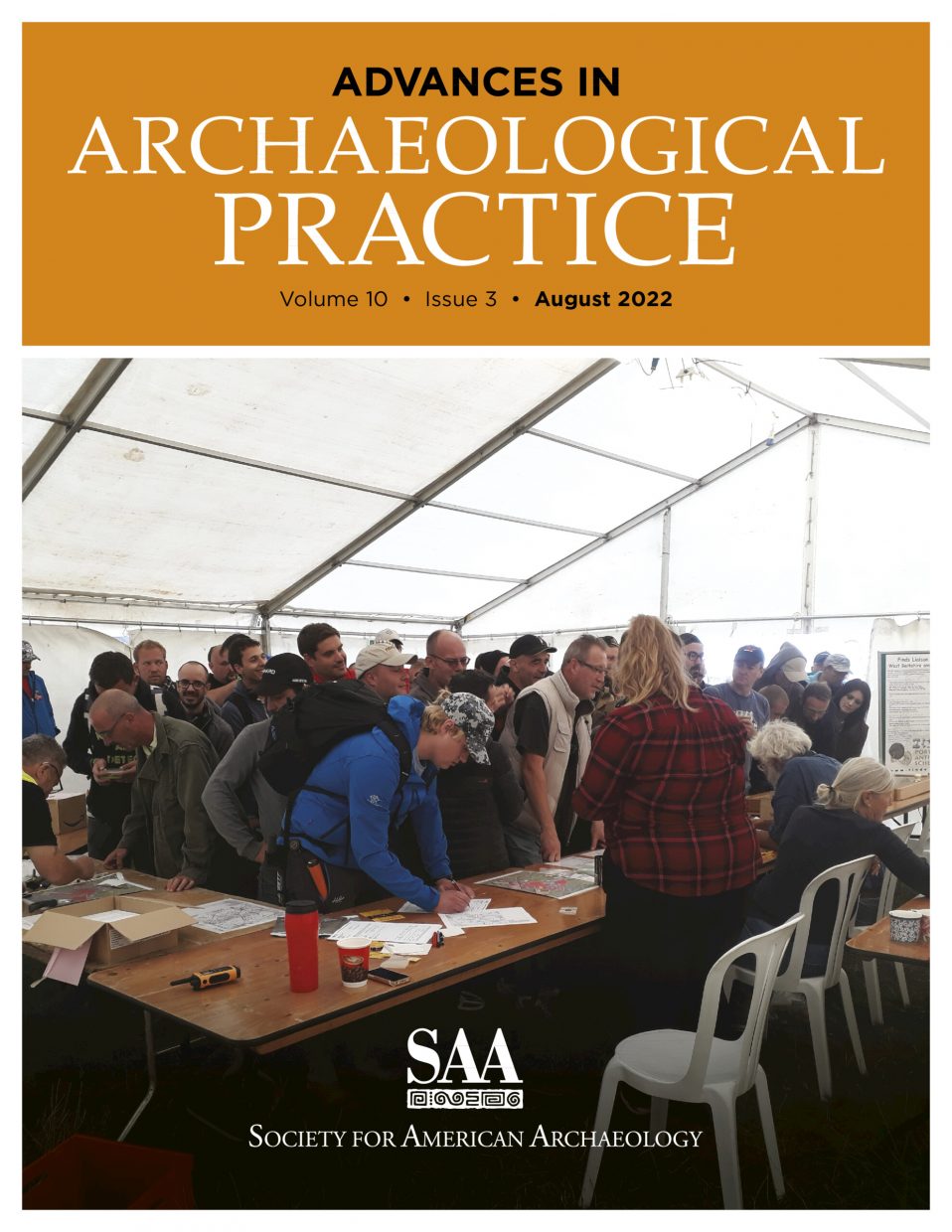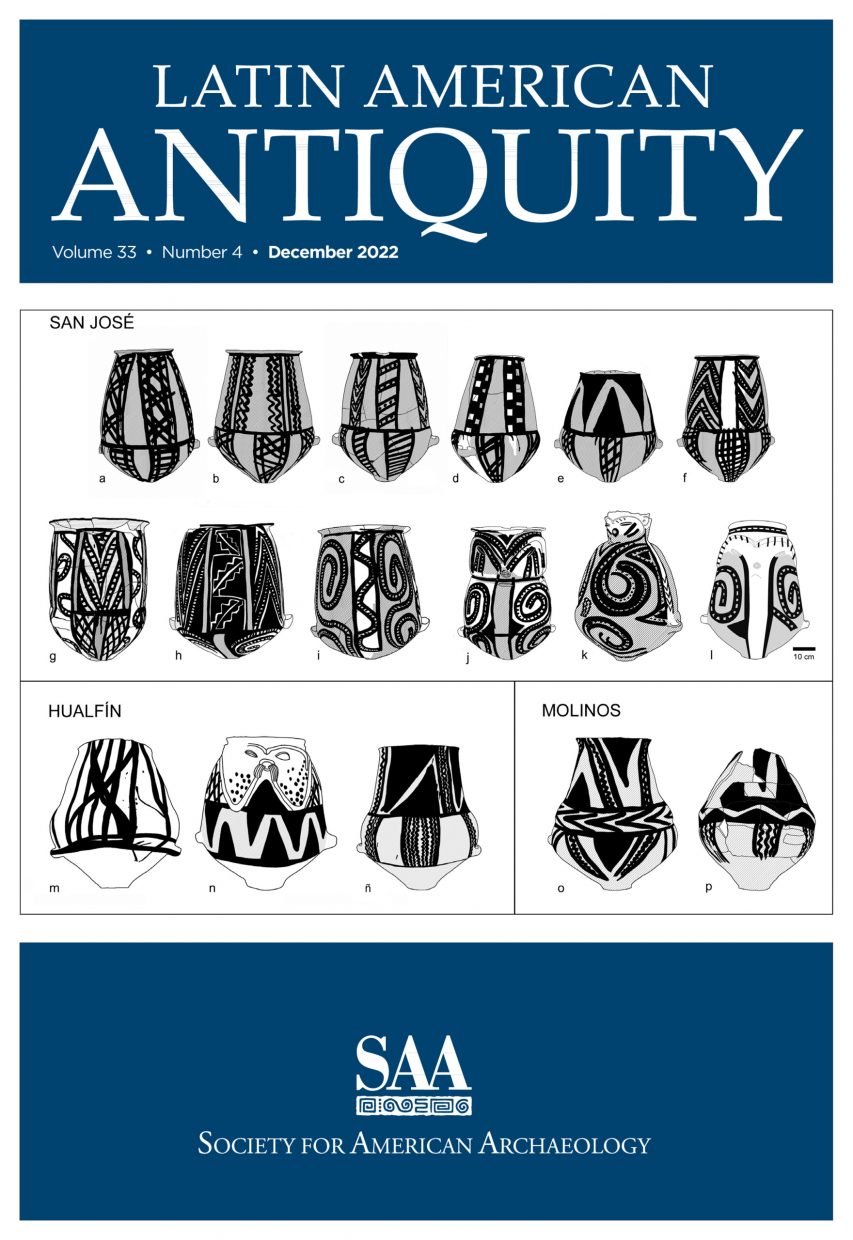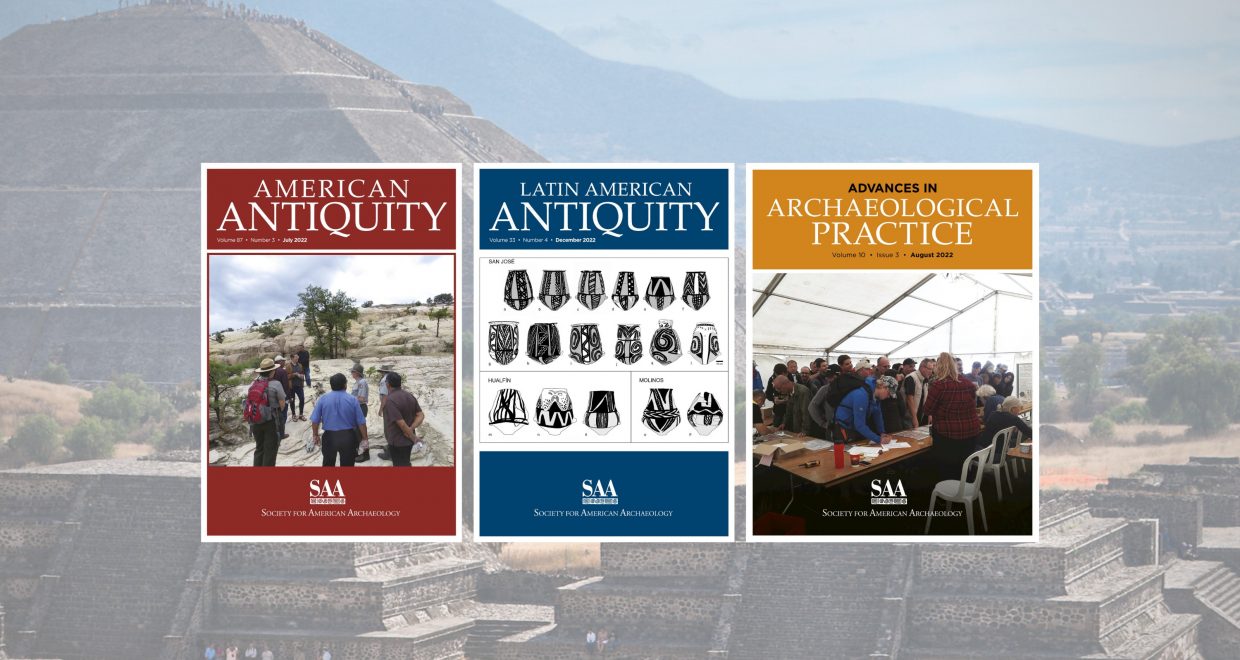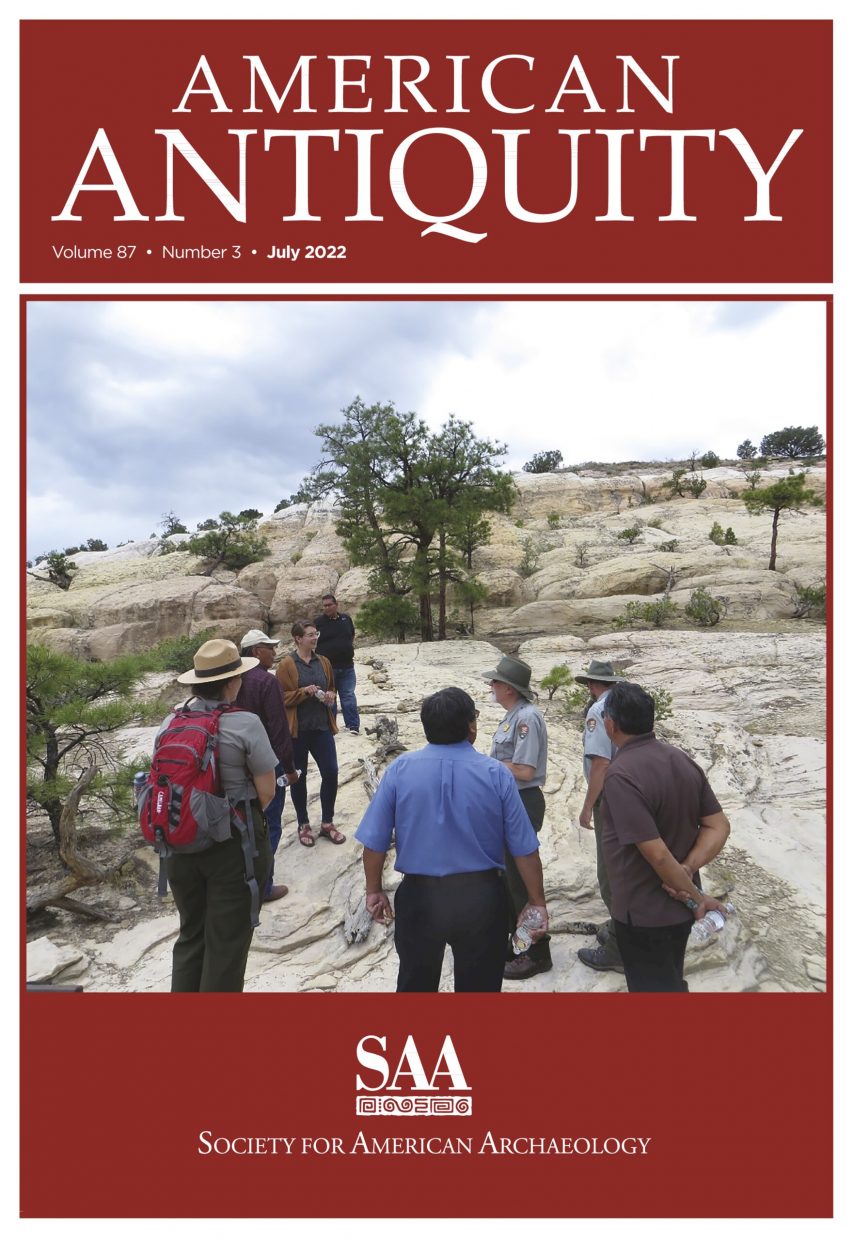Academic publishing in 2023: what’s front of mind for archaeologists?
With 2023 on the horizon, and the landscape of academic publishing in flux, Cambridge University Press spoke to the Editors of the SAA’s journals to find out what topics and questions are currently front of mind – for archaeologists, researchers and publishers alike.
An invitation to early- and mid-career archaeologists from Debra L. Martin, Editor of American Antiquity
American Antiquity seeks to support and publish early and mid-career scholarship. The Editorial Advisory Board has one primary goal which is to situate AAQ in a more progressive and engaged arena. We seek to do this by focusing on the next generation of archaeologists who are already creating a new future for archaeology. We feel it is time to reimagine archaeology conducted in North American and to be a place where theory, method and data provide new ways of knowing, important insights and transformative research. We hope to make AAQ the journal of choice for all archaeologists.
We have a diverse Advisory Board; we are diversifying reviewers, and we are encouraging early career archaeologists to submit their work. We are providing guidance and encouragement to those who may not see AAQ as their first preference for publishing. We recognize that most publishing has been fraught with all of the “isms” and to this end there have been some revealing scholarship about these issues – see Beck et al. 2021, Fulkerson and Tushingham (2019) and Voss (2021). We have also been seeking and encouraging scholarship that includes a diversity in authorship (see Laluk et al. 2022) and scholarship that takes on ways to decolonize archaeological research and interpretation (see Pitblado 2021).
Please check out the free downloads (see the website below) and consider what you can bring to the journal that is empirically robust and of interest to a wide range of archaeologists.

Jobs in archaeology: Insights from Co-editor of Advances in Archaeological Practice Sarah Herr
Jobs in archaeology is a common and current theme for students and employers in 2022. How do I get an academic job? How do professors train students at the AA, BA, MA, and PhD level for jobs? Are there too few jobs or too many? How can I afford the schooling it takes to be an archaeologist? Two articles in the November issue of Advances in Archaeological Practice help ground conversation with surveys of the profession. In The Changing Profile of Tenure-Track Faculty in Archaeology Justin Cramb and co-authors review some of the mythologies that concern graduate students worried about how many grants, how many publications, how much teaching, and how much fieldwork they need to have to land a tenure track job by asking current faculty about their track record. In Forecast for the US CRM Industry and Job Market, 2022–2031 Jeffrey Altschul and Terry Klein examine forthcoming federal budgets and query agency managers to project the scale of the cultural resource management (CRM) industry now and its projected needs over the next ten years and discuss the need to adequately train for these jobs.
As universities and colleges tie their hiring in the archaeological discipline to the perception of job availability, sometimes justifying cuts in lines or reorganization of programs, these two articles provide timely and important information about how to support and train the next generation of archaeologists in the United States, and what jobs may be available in the coming decades.

Thoughts from Latin American Antiquity’s Co-editor Julia Hendon on emerging themes
Latin American Antiquity’s scope covers the history of Latin American and the Caribbean before and after European colonization as studied through the interpretive lenses of archaeology, bioarchaeology, ethnohistory, art history, and related disciplines. This has led to the publication of theoretically, methodologically, geographically, and temporally varied research by an international roster of scholars.
A theme that has emerged recently is the consequences of Spanish colonization in the region for Indigenous, African, and African-descendent groups. Stable isotope analysis allows Jason Laffoon and colleagues (2020) to demonstrate how the rapid introduction of European animals changed the diet of Indigenous people in colonial Cuba. Clair Maass (2022) shows how enslaved children were severely affected by the living and working conditions of a late colonial sugarcane plantation in Peru. Allen Ortega-Muñoz (2022) takes an osteobiographical approach to understanding the health and activities of three individuals buried in a remote Mexican city during the nineteenth-century Caste War. Using a collection of pottery excavated in the 1960s from a seventeenth-century Jesuit mission in the colony of Paraguay and now housed in the Museu Paranaense (Brazil), Evelyn Nimmo (2020) considers the entanglement of objects and people in the context of Guaraní-Spanish relations; Cristina Prieto-Olavarría and colleagues (2020) study pottery from colonial contexts in Mendoza (Argentina) to demonstrate that Indigenous urban artisans change their techniques of production by adopting the potter’s wheel but maintained their preferences for the pottery traditions and visual style that had developed before the Spanish conquest.
These archaeological and bioarchaeological approaches allow researchers to focus in on many aspects of the lived experience of people subject to colonialism’s disruptive and often violent imposition of new forms of control and expectations.
Read all of the articles discussed by the Editors at: www.cambridge.org/SAA-Dec22
Where not already open access, research is free to download until the end of February 2023.







